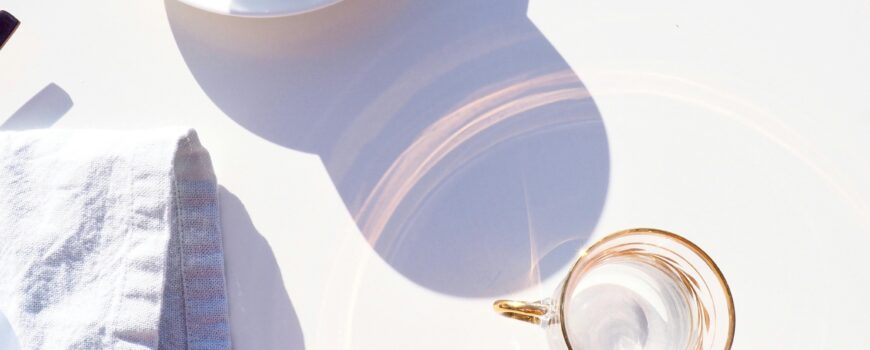White tea, known for its delicate flavor and minimal processing, comes in several varieties, with Silver Needle (Baihao Yinzhen) and Bai-Mu-Dan (White Peony) being the most renowned. Both are prized for their unique qualities and health benefits. This article explores the differences, flavors, and brewing techniques of these two exquisite white teas.
1. Silver Needle (Baihao Yinzhen)
Origin and Production:
- Origin: Primarily from the Fujian province of China.
- Production: Made exclusively from the buds of the tea plant, harvested in early spring. The buds are carefully plucked and minimally processed to preserve their natural state.
Characteristics:
- Appearance: Silvery-white, slender, needle-like buds covered with fine white hairs.
- Flavor: Delicate, sweet, and slightly floral with a subtle hint of honey or melon.
- Aroma: Light, fresh, and slightly vegetal with a floral undertone.
Health Benefits:
- Antioxidants: Rich in polyphenols, which help fight free radicals and reduce inflammation.
- Hydration: Hydrating properties due to its mild caffeine content.
- Skin Health: Contains compounds that can improve skin health and slow aging.
Brewing Instructions:
- Water Temperature: 70-80°C (158-176°F)
- Tea-to-Water Ratio: 2 grams of tea per 150 ml of water
- Steeping Time: 3-5 minutes
- Method:
- Heat water to the recommended temperature.
- Add the tea buds to a teapot or infuser.
- Pour hot water over the buds and steep for the suggested time.
- Strain and enjoy the tea.
2. Bai-Mu-Dan (White Peony)
Origin and Production:
- Origin: Also from the Fujian province of China, and sometimes from other regions like Darjeeling in India.
- Production: Made from the buds and first two leaves of the tea plant. Harvested slightly later than Silver Needle and involves a bit more oxidation.
Characteristics:
- Appearance: A mix of silvery buds and greenish-brown leaves.
- Flavor: More robust than Silver Needle, with a sweet, floral, and slightly fruity taste. Hints of peony, apricot, and chestnut.
- Aroma: Floral with a fruity undertone, reminiscent of peonies and fresh leaves.
Health Benefits:
- Antioxidants: High in antioxidants similar to Silver Needle, promoting overall health.
- Digestive Health: Can aid digestion due to its mild, soothing properties.
- Relaxation: Known for its calming effects, making it a good choice for stress relief.
Brewing Instructions:
- Water Temperature: 75-85°C (167-185°F)
- Tea-to-Water Ratio: 2 grams of tea per 150 ml of water
- Steeping Time: 2-4 minutes
- Method:
- Heat water to the recommended temperature.
- Add the tea leaves to a teapot or infuser.
- Pour hot water over the leaves and steep for the suggested time.
- Strain and enjoy the tea.
Key Differences
- Composition:
- Silver Needle: Made solely from young, unopened buds.
- Bai-Mu-Dan: Made from a combination of buds and young leaves.
- Flavor Profile:
- Silver Needle: Very light, delicate, and sweet.
- Bai-Mu-Dan: More complex, with floral, fruity, and slightly robust notes.
- Aroma:
- Silver Needle: Subtle and fresh.
- Bai-Mu-Dan: More pronounced, with a blend of floral and fruity scents.
- Processing:
- Silver Needle: Less oxidized, involving minimal processing.
- Bai-Mu-Dan: Slightly more oxidized, offering a richer flavor profile.
Conclusion
Both Silver Needle and Bai-Mu-Dan are exquisite examples of white tea, each offering unique qualities and health benefits. Silver Needle is ideal for those who prefer a light, delicate tea with subtle sweetness, while Bai-Mu-Dan appeals to those who enjoy a more robust, complex flavor with floral and fruity undertones. Experimenting with both can provide a delightful exploration into the world of white tea.
Zircon Tea Company
Contact No is +91-9499347308
Email is info@zirconshop.in
Our You Tube Channel Is Zircon Tea Company

